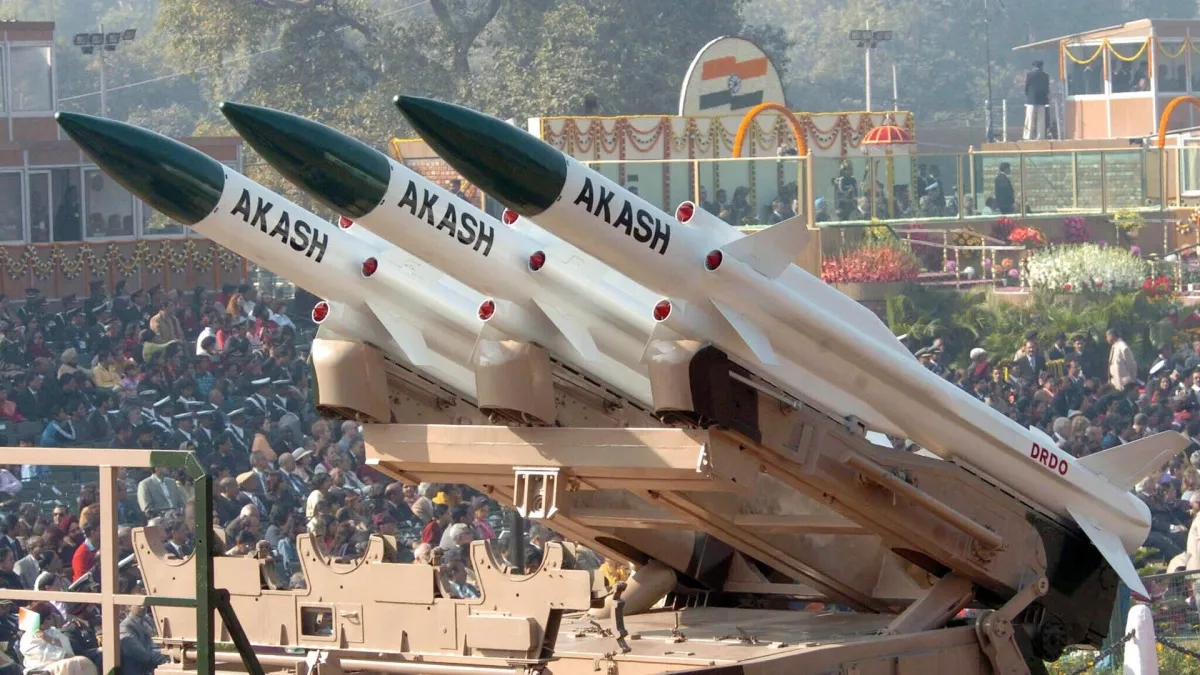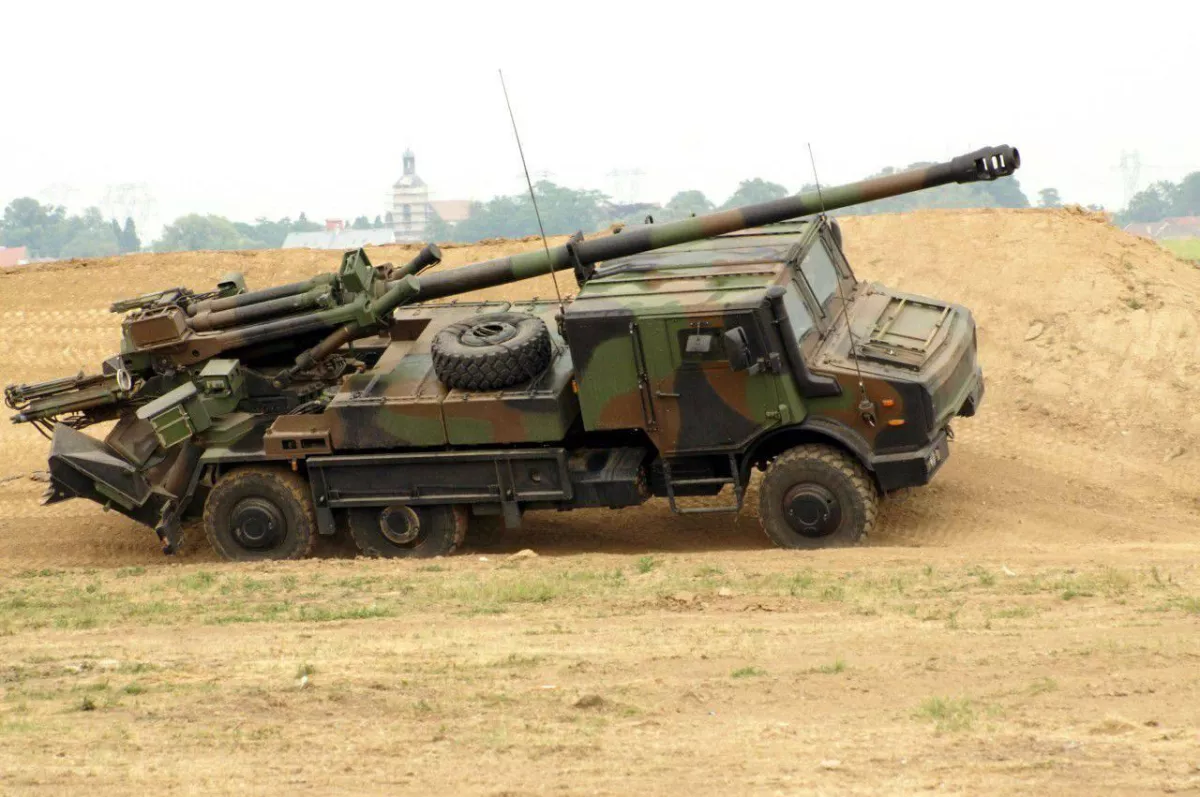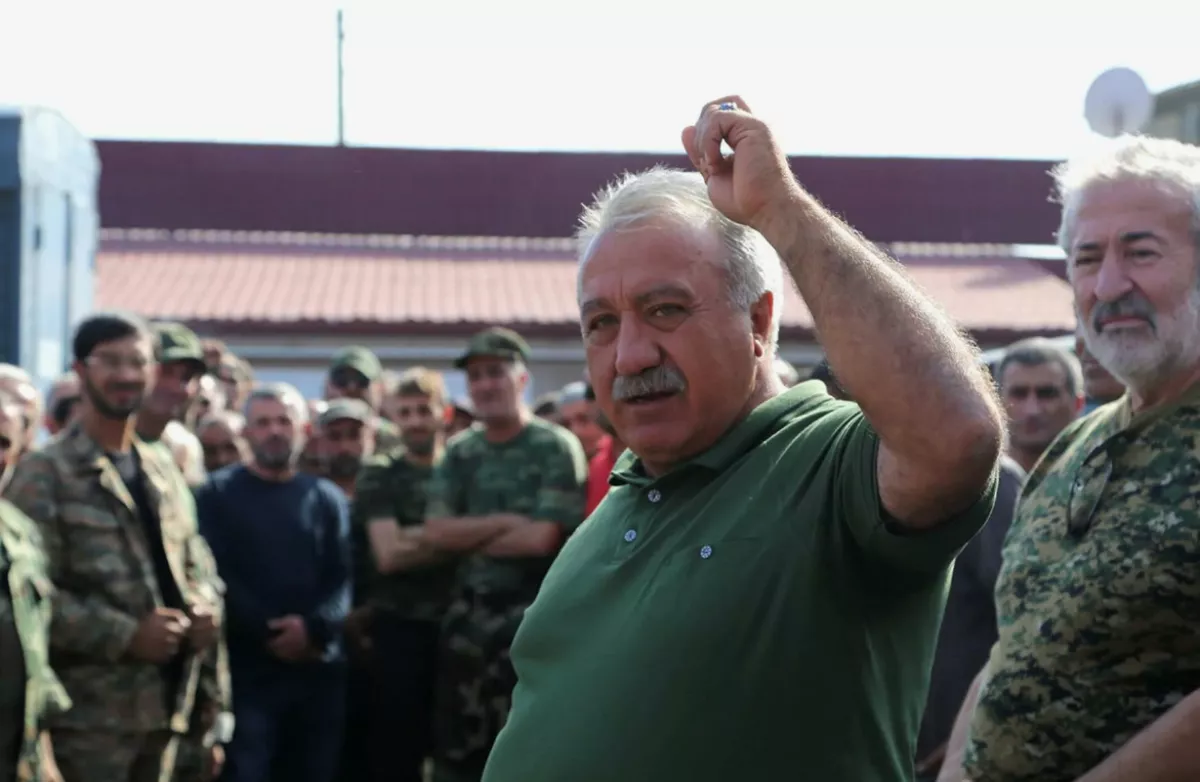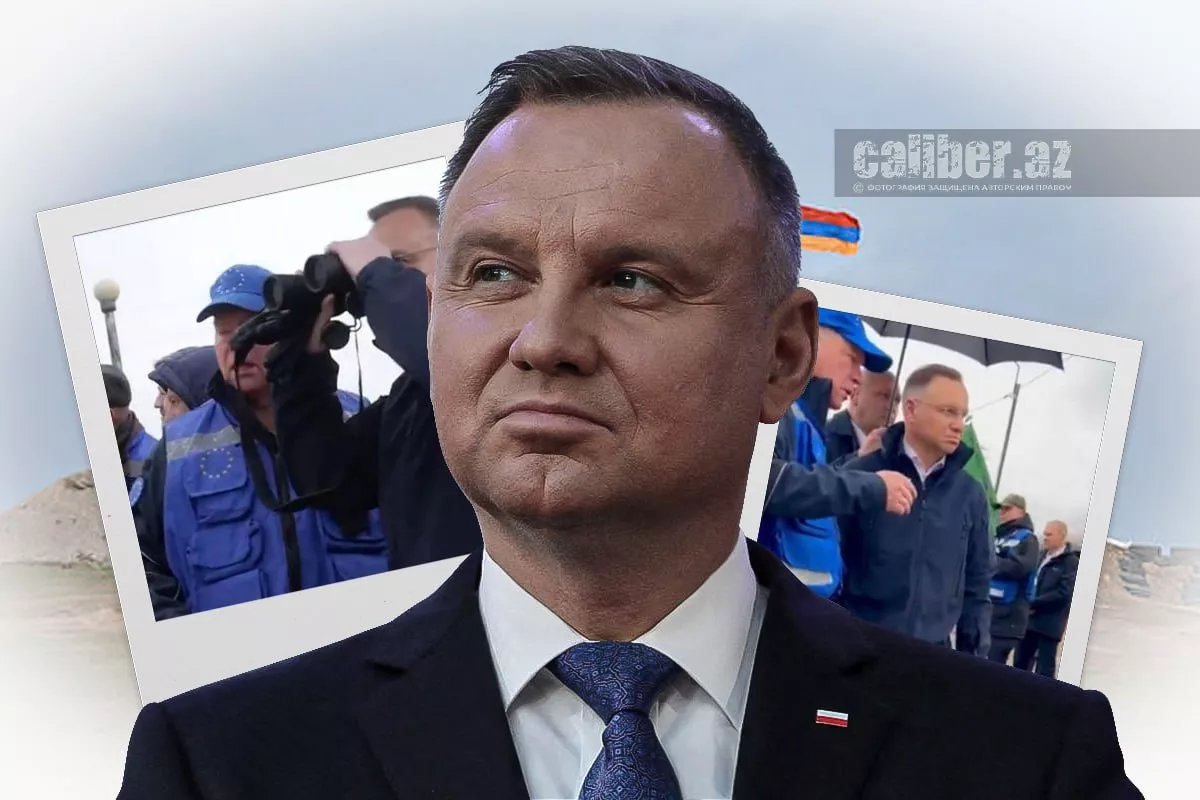Armenian forces gear up for offensive against Azerbaijan Pashinyan plans a small “victorious war”
On November 13, 2024, the world's attention was focused on the 29th session of the UN Framework Convention on Climate Change (COP29) held in Baku during those days. On the sidelines of COP29, Azerbaijan's Presidential Assistant Hikmet Hajiyev told journalists that Baku and Yerevan may return to discussions on the text of a peace treaty next month. He expressed hope that "starting in December, a new process will begin between Armenia and Azerbaijan regarding the discussion and continuation of negotiations on the peace treaty text."
As November draws to a close, it seemed that, after Baku once again clearly outlined its priorities— namely, discussions on the future peace treaty—Yerevan would follow suit and take a step toward dialogue. Instead, we are witnessing the opposite: Armenia, fueled by revanchist sentiments, is unmistakably preparing for a new war. Rather than making baseless claims, let us present concrete facts to support this assertion.
Let’s begin with reports on the rearmament of the Armenian military, including the acquisition of offensive weaponry. While the COP29 conference was taking place in Baku, news emerged that India was sending the first battery of its Akash surface-to-air missile systems to Armenia. The New Indian Express, citing Bharat Electronics Limited, reminded readers that in 2022, Armenia signed an agreement with India to purchase 15 Akash missile systems worth approximately 60 billion rupees ($710 million), making Armenia the first foreign country to acquire this missile system. It was emphasized that the Akash system is a surface-to-air missile capable of targeting fighter jets, cruise missiles, air-to-ground missiles, drones, and other aerial targets at ranges of up to 25 km.

A month earlier, it was also reported that Armenia plans to purchase Pralay tactical ballistic missiles from India. These missiles are designed to manoeuvre during the final phase of flight to overcome enemy missile defence systems. The Pralay missile has a range of 150 to 500 km and can be launched from a mobile platform.
Last summer, according to reliable diplomatic and military sources obtained by Caliber.Az, modern French 155-mm self-propelled howitzers (CAESAR) and their components, as well as anti-tank missile systems and air-to-air missiles, were delivered to Armenia. Specifically, one division of CAESAR self-propelled howitzers (12 units) was already delivered to Armenia. In addition, the Armenian military received dozens of R511 and R530 air-to-air missiles, 30 ERYX anti-tank missiles, dozens of German-made DM32 grenade launchers (also known as "bunkerfaust"), and Panzerfaust 3 anti-tank systems. Furthermore, Armenia's armed forces were supplied with about 500 single-use French-made Apilas hand-held rocket launchers and 50 American-made BGM-71 TOW anti-tank missile systems.

And finally, a very recent fact that came to light just days ago, thanks to a report by Greek media. Greece is preparing to transfer S-300 missile systems and two other Russian-made weapon systems, previously used for the country's air defence, to Armenia. Of course, one might argue that the S-300 is primarily a defensive system. And they would be right. However, didn’t the Russia-Ukraine war demonstrate that even S-300 missiles can target cities? This is simply to cause greater damage and kill more people. Therefore, theoretically, the Armenian military, by positioning S-300s near the hypothetical border, could use them to strike Azerbaijani cities and villages.
Another notable development pointing to Armenia's preparation for military action occurred this month, when units of the Armenian and French Armed Forces participated in joint exercises in Greece. What stands out about these exercises is their focus: "training on tactical scenarios for both defensive and offensive operations, including live-fire drills, aimed at improving operational readiness, combat capabilities, mutual understanding, experience sharing, and cooperation between the participating forces." Furthermore, on June 12, Armenia's parliament ratified an agreement to deepen military-technical cooperation with Greece.
Moreover, according to reliable sources obtained by Caliber.Az, under the guidance of French instructors, fortress-bastions are being constructed on the Armenian side of the conditional border, connected by a system of tunnels. This is not only about defence – the tunnel network could be used by Armenian saboteurs to carry out provocations against Azerbaijan, turning it into not just an element of defensive infrastructure, but also a potential launch pad for offensive operations.
Additionally, it is important to remember that on January 30 of this year, the head of the Armenian terrorist organization Yerkrapah, Sasun Mikaelyan, stated that over 10,000 Yerkrapah militants are constantly stationed at combat positions along the conditional border.

All of this clearly indicates that Armenia is actively preparing for a new war with Azerbaijan, naturally with the support of its foreign patrons. In this context, the "binocular" provocation by Polish President Andrzej Duda along the conditional border seems far from accidental. Poland, as one of Russia's main European opponents, has a vested interest in creating conflicts along the perimeter of the Russian Federation to divert Moscow’s attention from the war in Ukraine and, more broadly, to disperse its forces. One of the "hot spots" that Warsaw aims to create is between Azerbaijan and Armenia.
In this light, Duda’s statement that Warsaw is considering increasing the number of Polish representatives in the EU’s spy mission in Armenia can be seen as an attempt to strengthen Poland's military-political presence in the region. Poland, which sees itself as a new "Commonwealth," appears to be seeking to assert influence in this volatile region.

By the way, an interesting point: during COP29, Armenia refrained from overt provocations at the border, likely because it understood that Azerbaijan was not just the host of the conference, but also that over 70,000 guests and participants were present, including dozens of presidents, vice presidents, and prime ministers. Any provocation by Armenia would have faced outright condemnation from the international community. However, now armed provocations by the Armenian Armed Forces cannot be ruled out, and in fact, there are already signals indicating preparations for such actions.
One might wonder, why is Armenia doing this? What is Yerevan’s purpose in preparing for provocations? There are several reasons. Let’s outline the main ones. First, Pashinyan needs to boost his catastrophically low approval ratings. He is looking for a small “victorious war” that would strengthen his position both within the ruling elite and in Armenian society as a whole.
Secondly, Yerevan and its foreign patrons appear to have a cunning plan—an attempt to quickly occupy certain parts of Azerbaijani territory in a lightning war, in the hope of strengthening their position in the negotiation process (apparently, the Ukrainian military operation in Russia’s Kursk region has greatly inspired them).
However, it’s not hard to guess how these games might end for the Armenian side. The defeat in the Second Karabakh War and the subsequent counterterrorism operation were not enough. It seems the military-political leadership of Armenia has forgotten how it once pleaded for mercy from Baku, how it appealed to the capitals of world powers to stop the war. But the fact remains—Yerevan is actively preparing for offensive operations. Well, this is Armenia's choice. There is still plenty of room in "Yerablur" (Armenia's military cemetery), which means that not all Armenian mothers have shed their tears yet...








